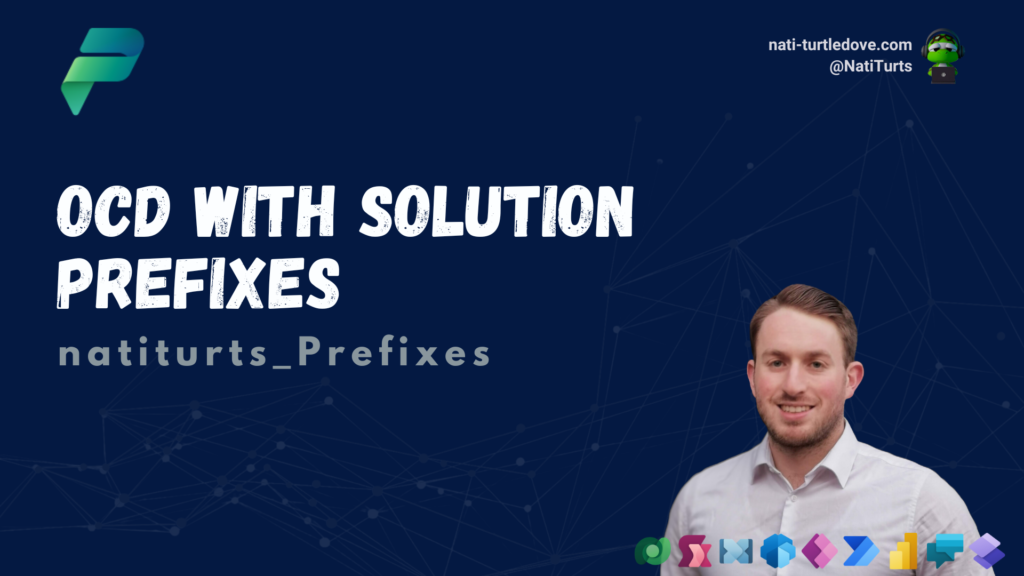Where The PL-100 Fits In
The PL-900 Microsoft Certified: App Maker is a very misunderstood exam. Many people starting their Power Platform journey tend to sway towards a specific product, and the name of this exam gives the impression that it’s just a Power Apps target exam. This skills associated with this exam focus on many of the Power Platform products as well as the Power Platform as an ecosystem as a whole. This means understanding the basics of business solutions and building these in Power Platform.
What it Covers
The larger portion of this exam covers the concept of creating business solutions as a whole, just apps. If you have already completed the PL-900, this would be the next step. The skills tested by this exam are more focused on being able to create end to end business solutions within Power Platform, creating and identifying high-level solution designs and required components, building interactive UI interfaces, delivering reporting and analytics, and lastly utilising the Power Platform stack to wrap everything together.
Skills Measured
As per the latest Microsoft Learn site for the PL-100 exam, Microsoft have outlined the key areas the exam will focus on.
- Design business solutions (20-25%)
- Create business solutions (60-65%)
- Analyse and visualise data (10-15%)
The Business Solution Side If Things
This section of the exam specifically focuses on the start of building Power Platform solutions, the design side. When referring to the word “design”, it’s not necessarily talking about what colours you going to use in the solution. The word “design” is more relevant to how you will build the solution in the platform. Before taking this exam, developers should be able to identify required data sources, recommended components and dev stack, business process and logic behind the existing problem and how the solution will solve these issues as well as being able to create high-level data structures for new data sources.
The component side of this section focuses on the developer deep understanding each Power Platform product and components allowing them to identify the best method to deliver a successful solution. The developers knowledge should guide the build structure and stakeholders through a path of confidence.
No although the UI/UX is not always the responsibility of the developer, being able to create a solution based off mockups and select the related elements within a solution is crucial.
An incredibly important part of this section is targeted at your knowledge of how to create solutions, publishers, understanding objects and dependencies, and managing solution deployment and version control.
Analysing & Visualising Data
This is a smaller part of the exam skill sets and focuses on more of the Power BI and AI Builder side of things. Similar to what I mentioned above, the developer should have a clear understanding of how to create PBI reports, dashboards and the PBI service as a whole. Additionally, the developer should be able to identify requirements for AI Builder and what models are suitable to the solution. Being able to utilise a model through the various platform products is also required.
Creating Business Solutions
Being the larger portion of this exam, this section covers actual development skillsets within the Power Platform stack. Developers taking this exam should be proficient in building Power App Canvas & Model-Driven applications based on various data sources including Dataverse. The should have knowledge of version management, app checker and security around Power Apps as a whole. Within both Canvas and Model-Driven apps, developers should understand the pages/screens as well as available elements, controls and Fx properties. For example, when building a Canvas app, one should be able to identify between global and local variables and when to use both accordingly.
Going to the source of things, candidates should also be able to create Dataverse tables, and data models using virtual tables, lookups, choices and other factors. On top of this, you should also be able to apply business rules and logic with appropriate security requirements.
Moving over to Power Automate, developers need to be able to describe the type of flows available to them and be able to build within all types and triggers. There is not much content on Power Automate Desktop, but it is very ideal to have knowledge of the product as well.
Within the Power Virtual Agents sections, candidates will be tested against PVA use cases, creating bots, topics and entities as well as theory around testing and publishing bots.
Power Pages is not really mentioned either, but it is probably a good idea to have knowledge of the basics and fundamentals. Although I didn’t discuss Power BI in this section, it is more targeted as its own section under Analyse and Visualise Data.
Learning Content
My first go to is always the Microsoft Learn modules and paths. There is already a learning path specific to the PL-100 that will take you through all the material you should know for the exam. You can view a collection of learning paths, modules and units here. You can also view the exam study guide here which includes a free practice assessment.
Lastly, Microsoft also offer a 30 Days to Learn It Cloud Skills Challenge here. This challenge allows for developers to study through a defined learning path. If completed within 30 days of start, you may be eligible to receive available PL-100 exam vouchers. Take the exam here.
Good luck on your exam 😉







